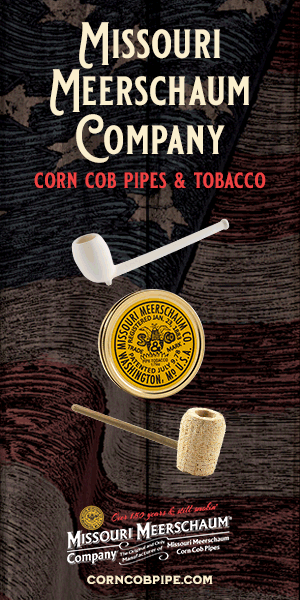Another way to think about it is like music. Play a note on a guitar (or any instrument for that matter) and there's more there than just the principle tone. There's harmonic overtones that you don't notice which color the principle tone. That's why the same 440hz A played on one guitar sounds different from another. That's also how pinch harmonics (AKA "squeelies" work)—you touch the string just enough to mute the principle tone without muting the overtone, so the high pitched overtone rings out loud.
Relating that back to tobacco, the principle flavor of a bright virginia is the same and will always taste like bright virginia, but the overtones change, which takes time to develop a sense for, since they're subtle. This would be like bright VA from one farm vs from another, where the only difference is the soil and sun conditions and maybe the growth rate of the plants. Or even just harvesting differences like one takes leaf slightly further up or down on the stalk, or takes leaf a week or two later or earlier.
And that's just one aspect changing (harvesting), but those changes are definitely super subtle.
The processing is more like tweaking the EQ on your stereo head. The music is still producing the same notes in the same order and times, but the color of those notes changes. It's still an A @ 440 Hz, but this way it's a little warmer, this way a little brighter, this way a little twangier. Or with different tweaks, the guitars have less presence and the drums end up brighter and snappier (like altering blend proportions). But no amount of studio magic or end-user tweaking will make that guitar sound like a clarinet or something.
Not that we needed more analogies and the OP seems to understand now, but this might help someone else understand how "the same components can taste different".
So everything affecting flavor, no matter how subtle or noticeable, includes: growing location/conditions, harvesting process, curing process, multiple pre-blending processing processes (like aging), blending and further processing processes (pressing, further aging, casing, topping, etc).
All points are places where flavor can become differentiated to varying degrees despite the using same components.









